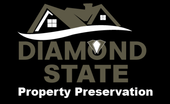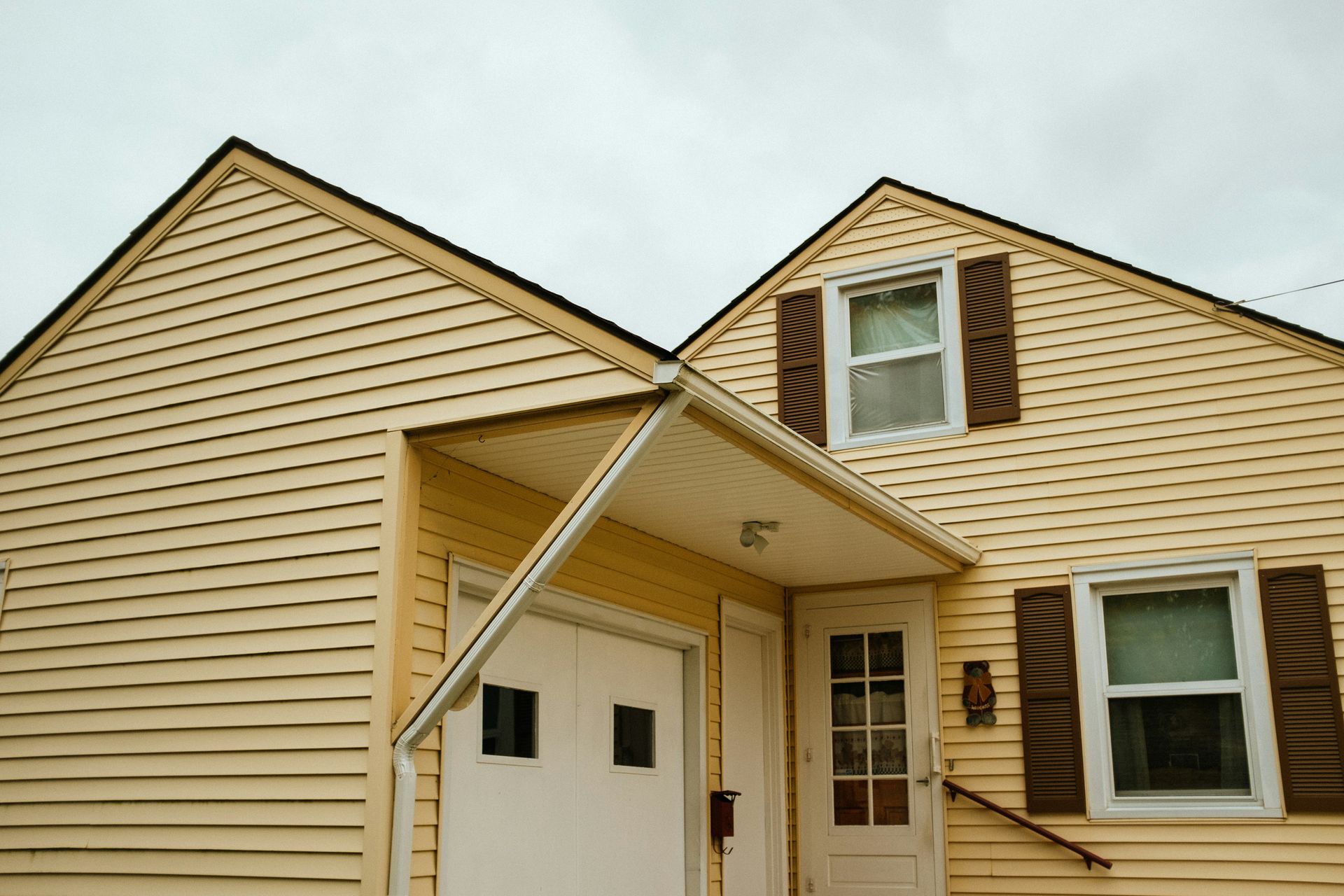Signs Your Delaware Roof Needs Immediate Attention
Your roof is one of the most critical components of your home, shielding you from Delaware’s unpredictable weather, from humid summers to snowy winters. A well-maintained roof ensures safety, comfort, and energy efficiency, but neglecting warning signs can lead to costly repairs or even structural damage. Recognizing when your roof needs immediate attention can save you time, money, and stress. In Delaware, where coastal service areas face storms, heavy rains, and occasional hurricanes, staying proactive is essential. This article explores the key indicators that your roof may be in distress, offering practical advice for homeowners to act swiftly and avoid bigger problems.
Key Takeaways
- Visible Damage: Missing shingles, cracks, or holes signal urgent repair needs.
- Water Leaks: Stains or dampness inside your home suggest roof issues.
- Aging Roof: Roofs over 20 years old may need professional inspection.
- Granule Loss: Excessive granules in gutters indicate shingle wear.
- Mold or Algae: Growth on your roof can compromise its integrity.
- Energy Spikes: Sudden increases in energy bills may point to roof problems.
Common Signs of Roof Damage in Delaware
Delaware’s climate, with its mix of heavy rainfall, high humidity, and occasional severe storms, puts roofs under significant stress. Identifying damage early is crucial to prevent small issues from escalating. Here are some of the most common signs that your roof may need immediate attention:
Missing or Damaged Shingles: Shingles are your roof’s first line of defense. If you notice missing, cracked, or curling shingles, your roof is vulnerable to leaks and further deterioration. High winds from coastal storms can easily dislodge shingles, especially if they’re old or improperly installed. For step-by-step advice on handling these urgent problems, see our emergency roof repair guide.
Granule Loss:
Asphalt shingles often shed granules over time, but excessive granule loss is a red flag. Check your gutters for granules after heavy rain. If they’re accumulating, your shingles may be nearing the end of their lifespan, requiring urgent replacement.
Flashing Issues: Flashing, the metal strips around chimneys, vents, and skylights, prevents water from seeping into vulnerable areas. Rust, cracks, or loose flashing can lead to leaks, particularly during Delaware’s frequent rainstorms.
Sagging Rooflines: A sagging or uneven roofline indicates structural issues, often caused by prolonged water damage or weakened support beams. This is a serious problem that demands immediate professional attention to avoid collapse.
Interior Warning Signs You Can’t Ignore
While exterior damage is easier to spot, some of the most telling signs of roof trouble appear inside your home. These interior indicators often point to advanced issues that need prompt action:
Water Stains or Discoloration: Brown or yellow stains on ceilings or walls are a clear sign of water infiltration. Even small stains can indicate a leak that’s been ongoing for some time, potentially causing hidden damage like mold or rot. Our emergency roof leak solutions article covers quick actions you can take if you spot these signs.
Damp or Musty Odors: A persistent musty smell in your attic or upper rooms suggests moisture buildup, often due to a compromised roof. This can lead to mold growth, which poses health risks and further damages your home.
Peeling Paint or Wallpaper: If paint or wallpaper is bubbling or peeling near the ceiling, it’s likely due to water seeping through the roof. This is particularly common in older Delaware homes with aging roofing materials.
Daylight Through the Roof: If you can see sunlight streaming through your attic’s roof boards, there are gaps or holes that need immediate repair. This is a critical issue, as it leaves your home exposed to weather and pests.
Environmental Factors Impacting Delaware Roofs
Delaware’s unique climate plays a significant role in roof wear and tear. Understanding these environmental factors can help you anticipate when your roof might need attention:
Heavy Rainfall and Humidity: Delaware averages about 45 inches of rain annually, which can weaken roofing materials over time. Prolonged exposure to moisture can cause shingles to deteriorate and promote algae or mold growth.
Coastal Storms and High Winds: Homes near Delaware’s coastline, like those in Rehoboth Beach or Lewes, face strong winds from nor’easters or tropical storms. These winds can lift shingles, damage flashing, or even tear off sections of the roof. Our coastal roofing maintenance guide offers tips tailored to these conditions.
Snow and Ice: Winter in Delaware brings occasional snow and ice, which can accumulate on roofs and lead to ice dams. These dams trap water, causing leaks and damage to shingles and underlayment.
UV Exposure: Delaware’s sunny summers accelerate the aging of asphalt shingles, causing them to become brittle and crack. This is especially true for roofs that haven’t been maintained or coated with protective sealants.
| Environmental Factor | Impact on Roof | Signs to Watch For |
|---|---|---|
| Heavy Rainfall | Weakens shingles, promotes mold | Water stains, granule loss |
| High Winds | Lifts shingles, damages flashing | Missing shingles, debris |
| Snow and Ice | Causes ice dams, leaks | Sagging, interior leaks |
| UV Exposure | Brittle shingles, cracks | Curling or faded shingles |
When to Call a Professional
Knowing when to call a roofing professional can make the difference between a minor repair and a full roof replacement. Here are situations that require immediate expert attention:
Emergency Repairs: If a storm has caused visible damage, like a tree falling on your roof or large sections of missing shingles, contact a professional immediately to prevent further water intrusion.
Persistent Leaks: Even small leaks can lead to significant damage over time. A professional can identify the source and recommend appropriate repairs, whether it’s patching a hole or replacing damaged flashing.
Aging Roofs: If your roof is approaching 20 years or older, it’s wise to have it inspected, even if no obvious issues are present. Asphalt shingle roofs typically last 15-25 years, and older roofs are more prone to sudden failure. You can find vetted experts by checking our list of the
best roofers near me in Delaware.
Structural Concerns: Sagging or uneven rooflines require urgent attention from a structural engineer or roofing specialist to assess the extent of the damage and prevent collapse.
Preventative Measures to Extend Roof Life
While some roof issues require immediate repair, regular maintenance can prevent many problems from escalating. Here are practical steps Delaware homeowners can take:
Regular Inspections: Schedule professional roof inspections every 1-2 years, especially after major storms. A trained eye can spot issues like loose flashing or early granule loss that you might miss.
Gutter Maintenance: Clogged gutters can cause water to pool on your roof, leading to leaks and shingle damage. Clean gutters at least twice a year, in spring and fall.
Trim Overhanging Trees: Branches that hang over your roof can scrape shingles or fall during storms, causing damage. Keep trees trimmed to minimize risks.
Algae and Moss Control: If you notice green or black streaks on your roof, use a roof-safe cleaner to remove algae or moss. These growths can trap moisture and accelerate shingle wear. For long-term solutions, our metal roof durability truth article explains why some homeowners choose metal as a lasting alternative.
Frequently Asked Questions
How often should I inspect my Delaware roof?
Inspect your roof at least twice a year, ideally in spring and fall, and after major storms. Professional inspections every 1-2 years are also recommended.
Can I repair my roof myself?
Minor repairs, like replacing a single shingle, may be manageable for experienced DIYers, but most roof issues require professional expertise to ensure safety and proper fixes.
How long does a typical roof last in Delaware?
Asphalt shingle roofs typically last 15-25 years, depending on maintenance and weather exposure. Metal or tile roofs may last longer but require regular checks.
What should I do if I find a leak in my roof?
Place a bucket under the leak to catch water, then contact a roofing professional immediately to assess and repair the damage before it worsens.
Are roof repairs covered by homeowners insurance?
Many policies cover repairs for storm-related damage, but coverage varies. Check with your insurer to understand your policy and file a claim if needed.
Final Thoughts
Your roof is your home’s first defense against Delaware’s challenging weather, and ignoring warning signs can lead to costly consequences. By staying vigilant for signs like missing shingles, water stains, or granule loss, you can catch issues early and avoid extensive damage. Regular maintenance, timely inspections, and prompt professional repairs are key to extending your roof’s lifespan and protecting your home. If you notice any of the signs discussed, don’t delay—contact us to schedule an inspection and keep your roof a reliable shield for years to come.




